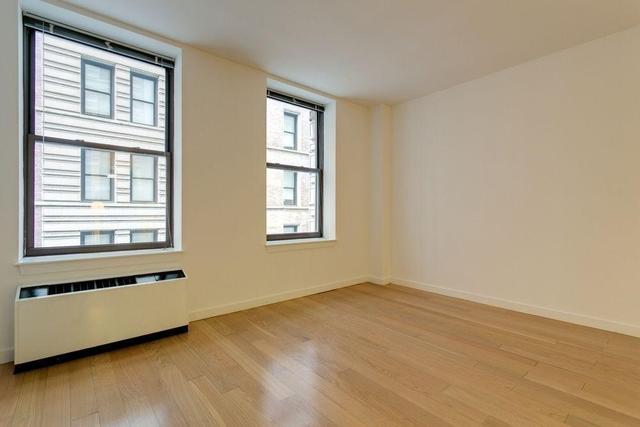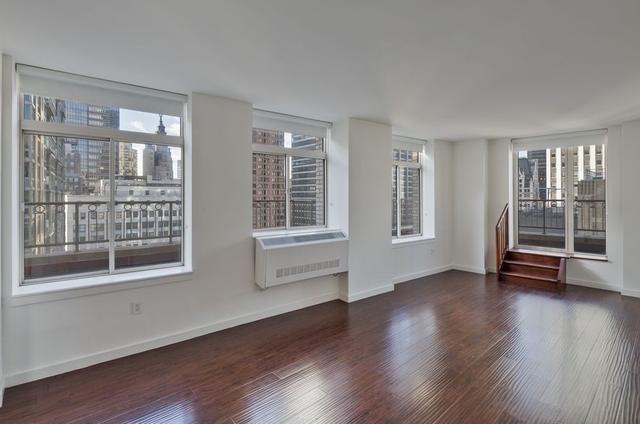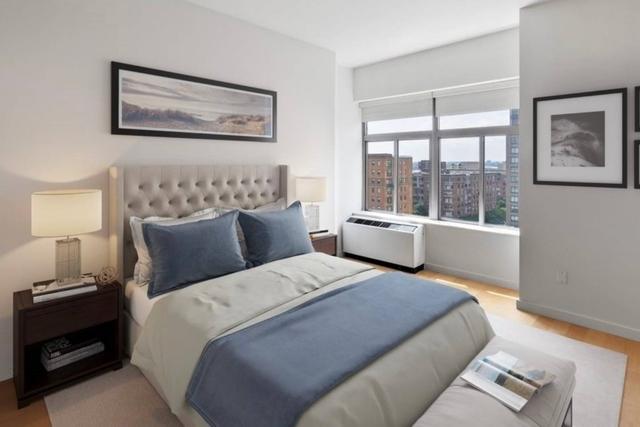
Rural vs Urban vs Suburban Living: Which Is Right for Your Lifestyle?
By: ROS Team
Making the selection of where one resides is a substantial determination that profoundly impacts our way of life, opportunities, and general prosperity. In this article, we will investigate into the dynamics of urban suburban and rural living, exploring the unique characteristics, advantages, and difficulties related with each.
Urban Living:
Urban areas are a vibrant mix of people and opportunities. Dense neighborhoods and towering skyscrapers define the landscape, filled with amenities and opportunities. Within urban communities, cultural diversity abounds. A wide variety of jobs, schools, hospitals, and activities are concentrated in these metro areas.

Pros:
Access to Amenities: Living in the city provides various opportunities for enjoyment and learning. Urban areas commonly offer many restaurants, entertainment spots, cultural sites, and educational institutions.
Job Opportunities: Large urban areas frequently have many companies and industries located close together, offering a wide variety of potential positions. Within city limits, residents can find work across various sectors.
Public Transportation: Urban communities generally have highly developed public transit networks, allowing residents to travel for work without needing to drive themselves from place to place.
Social and Cultural Diversity: Cities are melting pots of different cultures, offering diverse experiences, perspectives, and opportunities for social interaction.
Educational Institutions: Urban areas often host top-tier schools, colleges, and universities, providing access to quality education.
Cons:
Cost of Living: Urban living is generally more expensive due to the higher costs of housing, property tax, and other expenses.
Noise and Pollution: Urban density causes more noise and air as well as light pollution as well.
Limited Green Spaces: Urban areas covered by blocks of flats have very limited green areas if any which limits access to nature and versatile outdoor activities.
Congestion and Traffic: The traffic is always heavier in urban areas which causes more stress and reduces the quality of life.
Security Concerns: The crime rate is usually higher in the city than in nearby suburban or rural areas and has a negative impact on the general feeling of safety.
Suburban Living:
Suburbs can be seen as a “half – way” between rural life and living in the big city, where characteristics of both rural and urban influence are combined. Suburban areas are primarily residential neighborhoods and are characterized by schools and shopping centers. Suburbs are appealing to most people because they provide the flexibility between a closely-knit family community and proximity to urban amenities.

Pros:
Quiet and Family-Friendly: Suburban communities tend to be more tranquil than urban areas, offering a serene setting. They also usually have a reputation for being safer and more accommodating of families.
More Space: Suburban homes tend to have larger lots, providing more space for yards and outdoor activities. This can be appealing to families or individuals who enjoy outdoor living.
Good Schools: Suburban communities are frequently home to highly esteemed school districts, rendering them appealing choices for households with youngsters pursuing a quality education.
Lower Cost of Living: Sometimes, the expenses associated with daily living in suburban communities can be less than those in urban areas, particularly regarding the price of housing.
Community Atmosphere: Suburbs often have a strong sense of community, with neighborhood events and a tight-knit feel.
Cons:
Commute: Suburban living can mean longer commutes to work, as job opportunities may be more centralized in urban areas.
Limited Cultural and Entertainment Options: Suburban areas may have fewer cultural and entertainment venues compared to cities, including museums, theaters, and diverse dining choices.
Dependence on Cars: Many suburban communities have few public transit choices, meaning residents must use personal vehicles for routine travels. This dependence on cars can add to traffic congestion issues.
Homogeneity: Some suburbs may lack diversity in terms of demographics, businesses, and cultural experiences, leading to a perceived lack of variety.
Zoning Regulations: Stricter zoning regulations in suburbs may limit the types of businesses and housing developments, potentially affecting the overall vibrancy of the community.
Rural Living:
Rural areas are generally depicted by open areas, agricultural sceneries, and more compact populations. Living in rural zones regularly includes a closer affiliation with nature, with picturesque landscapes and a slower pace of living. One of the key benefits of rural living is the sense of community, where everybody knows each other, fostering a strong support system.

Pros:
Peaceful Environment: Rural areas are known for being a less congested, and quieter, more peaceful environment than a large city.
Natural Beauty: With less development and more open space, rural areas are often more beautiful than the city. Some of the landscapes can be breathtaking, and the air is usually cleaner.
Lower Cost of Living: The cost of living can be lower in rural areas, with lower housing costs, property taxes, and lower cost of goods and services in rural areas.
Strong Sense of Community: Rural communities often have close-knit ties, fostering a sense of belonging and support.
Outdoor Activities: Access to outdoor activities like hiking, fishing, and gardening is often abundant in rural areas.
Cons:
Limited Amenities: In rural areas, there are fewer healthcare facilities, shops, and entertainment resources to choose from.
Limited Job Opportunities: Jobs can be harder to come by in a rural area, and work in a rural area might require a commute to an urban area.
Educational Challenges: Rural schools may have fewer resources and fewer extracurricular activities, impacting the quality of education.
Isolation: Life in a rural area can lead to isolation which might be difficult for people who are used to a more urban lifestyle filled with constant socializing and entertainment.
Limited Healthcare Access: Access to healthcare services can be more challenging, with fewer medical facilities and specialists available.
Urban Suburban Rural: How Do You Tell the Difference?
The key to distinguishing urban suburban rural lies in population density and the use of land. Urban areas are highly populated with tall buildings closely built next to each other, unlike rural areas that have scattered settlements and wide geographical spread. Suburban areas fall in the middle with lower density rates compared to urban regions and various personal and public amenities.
Rural vs Urban vs Suburban: Housing Cost
Urban:
- Average Rent: $1,859 Per Month
- Average Home Price: $315,988
- Property Taxes: $1,719 Per Year
Suburban:
- Average Rent: $1,583 Per Month
- Average Home Price: $234,443
- Property Taxes: $2,586 Per Year
Rural:
- Average Rent: $1,189 Per Month
- Average Home Price: $157,451
- Property Taxes: $1,194 Per Year
Comparing the Housing Costs:
Urban areas have the highest average rent and home prices, but lower property taxes compared to suburban areas.
Suburban areas have lower average rent than urban areas but higher home prices and property taxes.
Rural areas have the lowest average rent and home prices, as well as lower property taxes compared to both urban and suburban areas.
Urban vs Suburban vs Rural: Income
In terms of income, urban areas generally offer the highest earning potential, followed by suburban areas, with rural areas typically lagging.
According to a Pew report, urban workers had the highest average wages in 2016, with an average of $49,515. Suburban workers earned slightly less on average, with an average wage of $46,081. Rural areas had the lowest average wages, with workers earning an average of $35,171.
Additionally, the poverty rates also reflect this trend, with rural areas experiencing higher poverty rates compared to urban and suburban areas. According to the same Pew report, the poverty rate in rural areas was 18%, slightly higher than the 17% in urban areas and significantly higher than the 14% in suburban areas.
Urban Suburban and Rural Living Examples
Urban: Urban areas are densely populated and have a variety of businesses, cultural institutions, and historical landmarks. An example of an urban city is New York City, with a population of over 8 million people.
Suburban: Suburban areas are located on the outskirts of larger cities and tend to have a mix of residential and commercial areas. An example of a suburban area is Fairfax, Virginia, located just outside of Washington D.C. and with a population of around 24,000 people.
Rural: Living in a rural area typically means living in a sparsely populated area with a lot of open space, such as farms, forests, or mountains. An example of a rural town is Waldo, Kansas, with a population of around 700 people.
Urban vs Suburban vs Rural: Which Is Right for You?
Consider your lifestyle preferences: urban areas offer cultural buzz, walkable streets, and diverse communities, but come with a higher cost of living and less space. Suburban areas provide a quieter lifestyle with private yards and good schools, often with commuting needs. Rural areas boast scenic beauty, affordability, and strong community ties, but lack the amenities and job opportunities of cities.
Read Also: Suburbs VS City: Which Is Right for You








